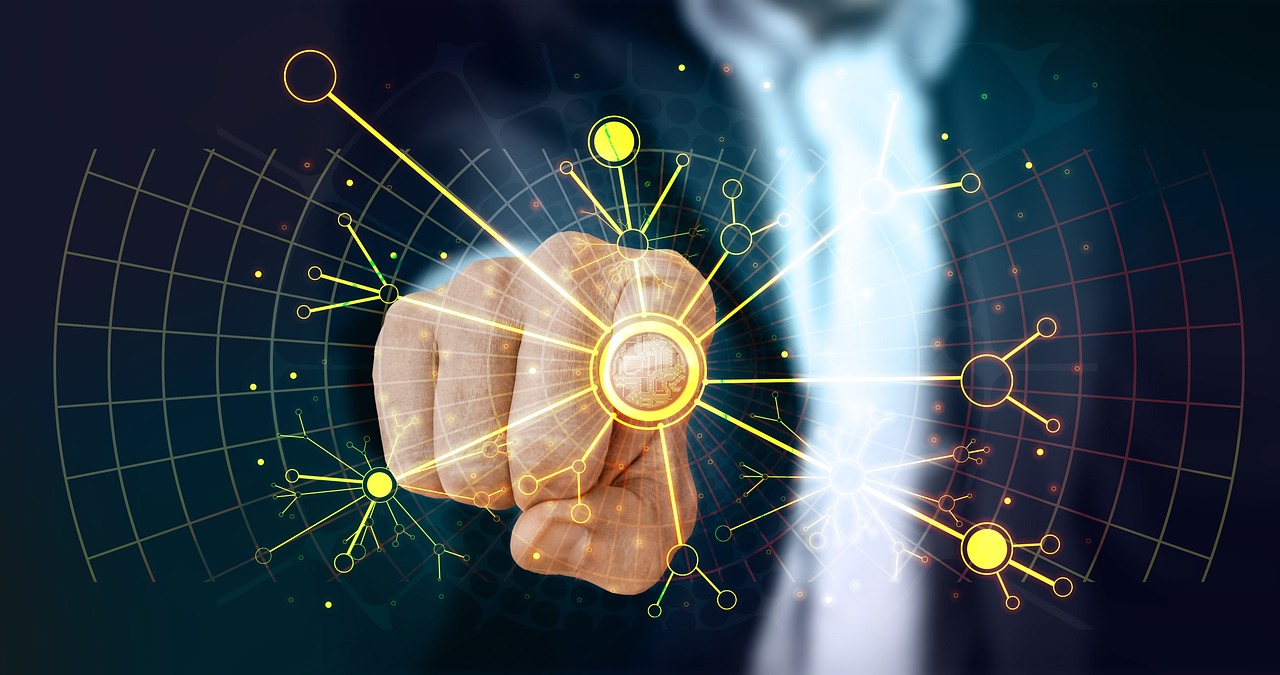In recent years, a growing concern has emerged about the future of work: Are automation and artificial intelligence (AI) taking over jobs faster than we think? From manufacturing plants to retail stores, automation is transforming industries at an unprecedented pace. As robots, algorithms, and AI-driven systems become more capable, many jobs once considered secure are being replaced or redefined. While automation promises increased efficiency and productivity, it also raises significant questions about the future of employment, income inequality, and societal well-being.
The Rise of Automation and AI
Automation is not a new concept. It has been around for centuries, with the Industrial Revolution marking the beginning of widespread factory mechanization. However, recent AI, robotics, and machine learning advancements are pushing automation into new realms. Today, machines and algorithms can perform tasks that once required human dexterity, intuition, and decision-making.
For example, in the manufacturing sector, robots assemble cars, handle materials, and perform quality control with greater precision and speed than human workers. In retail, self-checkout machines and AI-driven inventory management systems are reducing the need for cashiers and stock clerks. Even in professional services, AI systems are beginning to automate tasks traditionally performed by lawyers, accountants, and doctors, such as legal research, tax filing, and diagnostic procedures.
According to recent studies, up to 30% of jobs worldwide could be automated by the early 2030s, with roles in sectors like retail, transportation, and administration particularly vulnerable. As these technologies evolve, the question becomes not if automation will take over jobs but how quickly it will happen and which sectors will be most affected.
The Impact on Jobs and Employment
One of the most pressing concerns surrounding automation is its impact on employment. While automation can create new jobs—such as those in robotics maintenance, AI programming, and data analysis—it can also render many traditional jobs obsolete. For example, truck drivers may be replaced by autonomous vehicles, and cashiers may be displaced by self-checkout systems.
The displacement of jobs by automation tends to affect low-wage, repetitive, and manual labor positions the most. These workers may face difficulty transitioning to new roles that require different skill sets. While high-skill, high-wage jobs in fields like technology and healthcare remain relatively secure, the overall shift toward automation could contribute to rising income inequality as workers in low-wage industries struggle to adapt.
Furthermore, even middle-skill jobs are increasingly at risk. In finance, education, and customer service industries, AI-powered systems can handle routine tasks, reducing the demand for human workers. For example, AI chatbots are already replacing customer service representatives, and AI-based algorithms are conducting financial analysis and advising clients on investments.
Adapting to a Changing Workforce
As automation accelerates, society’s challenge is not only how to create new jobs but also how to equip workers with the skills necessary to thrive in an automated world. Many experts argue that a focus on reskilling and upskilling is essential. Workers will need to be trained in areas such as programming, robotics maintenance, data analysis, and other fields that complement automation technologies rather than compete with them.
Governments and businesses must also consider the broader implications of mass automation, such as universal basic income (UBI) or job guarantee programs, which could help ensure financial stability for those displaced by technology. These programs aim to provide workers with a safety net while transitioning to new employment forms.
The Future of Work: Collaboration or Competition?
The future of work in an increasingly automated world depends mainly on how automation is integrated into the economy. If automation is seen as a tool to complement human labor, allowing people to focus on more creative, complex, and interpersonal tasks, the future could be one of collaboration between humans and machines. In this scenario, workers could contribute their unique skills while automation handles routine tasks, leading to more fulfilling jobs and potentially higher productivity.
However, if automation leads to widespread job displacement without adequate support systems, the result could be greater economic instability, increased inequality, and social unrest. Policymakers, business leaders, and workers must find ways to strike a balance between embracing technological advancements and ensuring that the benefits are shared equitably.
Conclusion
The mystery of disappearing jobs is not just about technology replacing human labor—it is about how quickly that change will occur and how society will adapt to the new realities of work. While automation promises increased efficiency and innovation, it also brings significant challenges. To ensure a prosperous future, we must be proactive in reskilling the workforce, providing safety nets for displaced workers, and fostering collaboration between humans and machines. The key to navigating the future of work will be finding ways to harness automation for the collective good rather than allowing it to become a force that exacerbates inequality and displaces millions from meaningful employment.




